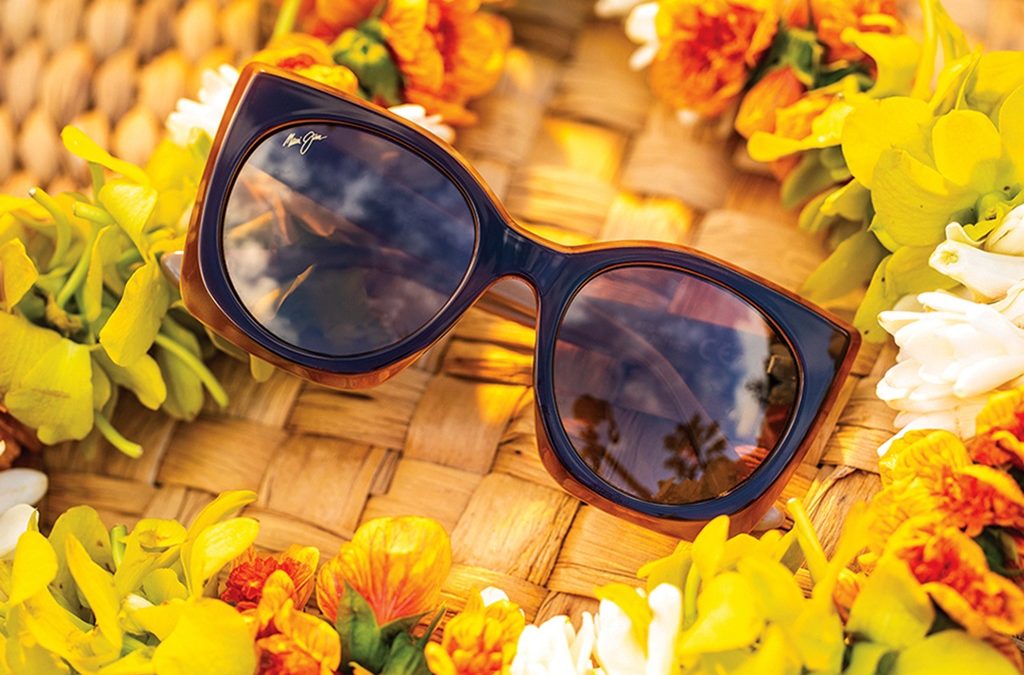
What is Tinnitus?
July 29, 2024
Tips for Working at Home
August 11, 2024Sunglasses are more than a style accessory; they play a crucial role in protecting our eyes from harmful UV radiation.
But are they truly necessary for everyone? This article delves into the science behind sunglasses, the impact of UV radiation on our eyes, and who should prioritize wearing sunglasses for optimal eye health.
Table of Contents
ToggleThe Science of Sunglasses and UV Radiation
Sunlight consists of visible light and invisible ultraviolet (UV) radiation. UV radiation is classified into UVA, UVB, and UVC rays. While UVC rays are absorbed by the ozone layer, UVA and UVB rays reach the Earth’s surface and can harm our eyes.
Sunglasses act as a barrier, filtering out a significant portion of harmful UV radiation. The level of protection depends on the type of lenses and their UV coating.
Impact of UV Radiation on Eye Health
Prolonged and unprotected exposure to UV radiation can contribute to various eye conditions:
- Photokeratitis (Snow Blindness): Essentially a sunburn of the cornea, causing pain, redness, and temporary vision loss.
- Cataracts: Clouding of the eye’s lens, leading to blurry vision and potential blindness.
- Macular Degeneration: Damage to the macula, the central part of the retina responsible for sharp, central vision.
- Pterygium and Pinguecula: Growths on the conjunctiva, the thin membrane covering the white part of the eye and inner eyelids.
- Eyelid Cancers: Different types of cancer that develop on the eyelids.
Who Needs Sunglasses?
While everyone can benefit from sunglasses, certain groups should consider them a necessity:
- People with Light-Colored Eyes: Lighter eyes contain less melanin, the pigment that acts as a natural sunscreen for our eyes. This makes them more vulnerable to UV damage.
- Children: Children’s eyes are more susceptible to UV damage as their lenses are clearer, allowing more UV rays to reach the retina.
- Individuals Spending Time Outdoors: Whether for work or leisure, prolonged exposure to sunlight increases the risk of UV-related eye damage.
- People Living at Higher Altitudes: UV radiation is stronger at higher altitudes, increasing the need for protection.
- Post-Eye Surgery Patients: After certain eye surgeries, the eyes become more sensitive to light, necessitating the use of sunglasses.
- Individuals Taking Photosensitizing Medications: Certain medications make the eyes more sensitive to light, increasing the risk of UV damage.
Related: Dior: The new sunglasses line Diorama
Choosing the Right Sunglasses
Not all sunglasses are created equal. When choosing sunglasses, consider the following:
- UV Protection: Look for sunglasses that block 99% or 100% of UVA and UVB rays.
- Lens Color: While lens color is a matter of personal preference, gray, green, and brown lenses are often recommended for providing true color perception.
- Polarized Lenses: Polarized lenses reduce glare from reflective surfaces like water or snow, improving visual comfort and clarity.
- Wrap-Around Style: Wrap-around frames offer better protection by reducing the amount of sunlight reaching the eyes from the sides.
- Impact Resistance: Choose lenses made from polycarbonate or Trivex materials for better impact resistance, especially for children and athletes.
Sunglasses: More Than Just a Trend
While sunglasses are a fashion staple, their primary function is to protect our eyes from harmful UV radiation. Investing in a good pair of sunglasses is an investment in your eye health.
By understanding the science behind sunglasses and the impact of UV radiation on our eyes, we can make informed decisions about when and why we should wear them.
Remember, sunglasses are not just a seasonal accessory. Protect your eyes year-round, even on cloudy days, as UV rays can penetrate clouds and cause damage. Prioritize your eye health and make sunglasses an essential part of your daily routine


